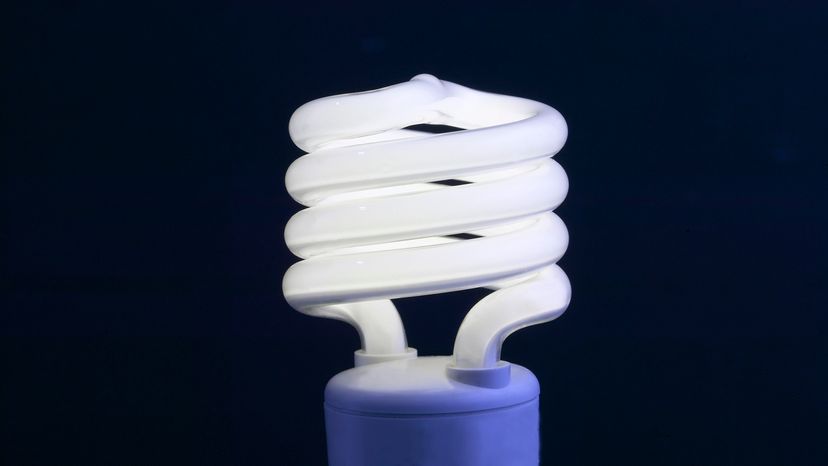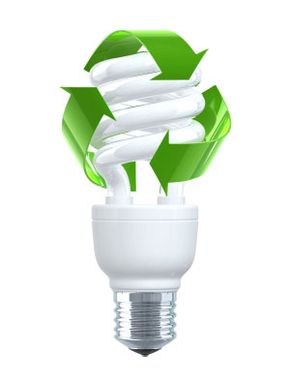When CFLs became commercially available in the 1990s, they offered numerous benefits compared to incandescent light bulbs.
Energy Efficient Lighting
CFLs use 75 percent less energy than incandescent light bulbs. That means CFLs require less wattage to produce an equivalent amount of light. For example, you could use a 20-watt CFL and enjoy the same amount of light as a 75-watt incandescent.
If every home in the U.S. made one such swap, Energy Star estimated that enough energy would be saved in one year to light more than 3 million homes.
Reduced Costs
Of course, if you're using less energy, your energy costs are going to go down. Replacing a standard 60-watt bulb with a 13-watt CFL can save a single household $30 in energy costs over the life of the bulb [source: General Electric].
Even with the higher price tag of CFLs, they still save you money compared to incandescent. That's because CFLs last a long time. In some tests, they burned brightly for 10,000 hours, whereas incandescent bulbs burned for just 800 to 1,500 hours [source: Johnson].
Environmental Impact
The environment comes out ahead, too. A good deal of electricity coming from fossil fuel–burning power plants gets directed to the lamps and light fixtures inside your house.
If you're saving energy by using CFLs, then you're pulling less electricity from the power grid. This reduces the amount of fossil fuel that must be burned, which reduces emissions of greenhouse gases. In a single year, the use of CFLs over incandescent bulbs removes as much greenhouse gas pollution as taking 800,000 cars off the road [source: Illinois EPA].



